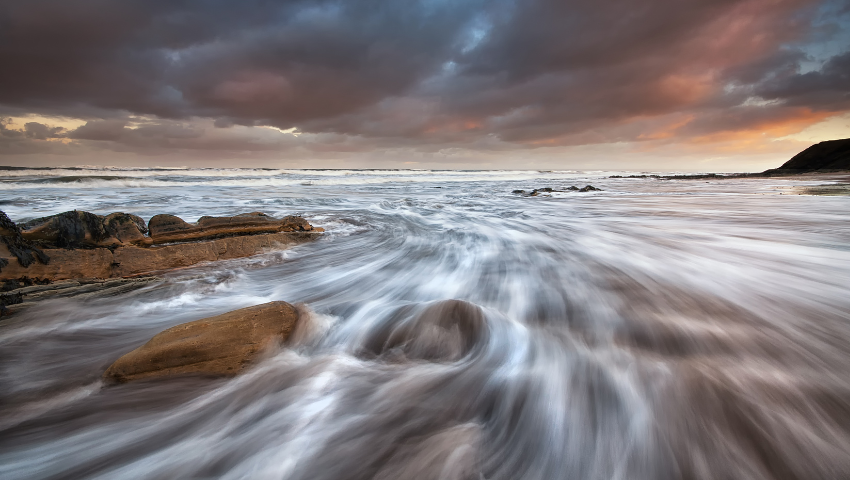Tidal energy could be a game-changer for a greener, more sustainable economy.
Up until now, European investment has largely focused on solar and wind energy, but the limitations of these technologies in terms of energy storage mean that attention is now increasingly turning to tidal.
“For a long time, Europe has been investing in solar,” says Alejandro Marques of Magallanes Renovables. He’s working on the OCEAN 2G project, which is building a giant ocean platform for tidal energy production.
“But we’re reaching the limit of the number of all of solar panels and windmills that we can install.
For example, if you look at Spain, all the solar panels are working at the same time and the excess energy cannot be stored. Whereas with tides, we can predict the tides and we know how strong they will be and therefore how much energy we will produce.”
Tidal energy’s massive advantage over other renewable sources is its predictability. Solar panels and windmills go through a “boom-or-bust” cycle, often oscillating between producing too much energy and then too little, as changeable as the weather. But tidal patterns are consistent, meaning that the energy harvest is more regular and can easily be tracked.
“Every morning, every evening, the tides rise and fall because of the moon’s gravitational pull on the Earth. That’s not going to change any time soon,” says Gustavo Marcos Cancelas, who is providing OCEAN 2G with exploitation advice under the European Commission’s Horizon Results Booster. “This is merely a dream for other sources of renewable energy.”
With the release of the latest IPCC report in August, the need for reliable and alternative sources of energy has become even more acute. The EU’s push for renewable energy has been ramped up this year, with the European Green Deal, the Green Recovery, ReFuelEU and Fit for 55 initiatives leading the charge.
For the past decade, the European Commission has been funding tidal energy research. But now the time has come to move past the research and development stage, and to launch tidal energy technology properly on the market.
“Because we are now at this final stage of development, we have to focus not only on the technology, but also on the market, on the commercialisation and the business development. And we find that we were a little late in doing this because our competitors from other countries – whose solutions are less developed than ours – have been working more on these points,” says Marques.
The race is on for OCEAN 2G to be the first on the market, ahead of companies in Canada, the US and Asia. After the European Union having invested a lot of money into developing these technologies, it would be a pity to lose out to a foreign competitor, according to Marques.
“America and Asia are now investing a lot in these kind of technologies. There is a growing conversation. We have begun the release of the technology much earlier than other countries, but we might now be overtaken by other countries that are investing a lot,” he says.
It’s the reason that OCEAN 2G, on hearing about the Horizon Results Booster, decided to apply for services on Portfolio Exploitation and Dissemination Strategy, as well as on Business Plan Development.
“We always thought that once we had the technology, we would have the business, of course. But what kind of business, what type would be best? What type of company do we want to be? Do we want to be an energy producer or a technology developer?” says Marques.
The Horizon Results Booster services helped them to find the answers to those questions. Within their technology, OCEAN 2G learned how to identify different risks, they analysed the business strategy, they mapped out their competitors and they collected and provided the financial information that was needed.
“It was a whole process in which we evolved, and came from just focusing on technology to also focusing on the market,” says Marques. “We learned how to market the technology and we gained a better understanding of our strengths. It was very useful to have this guidance from Horizon Results Booster on how to get this done.”

